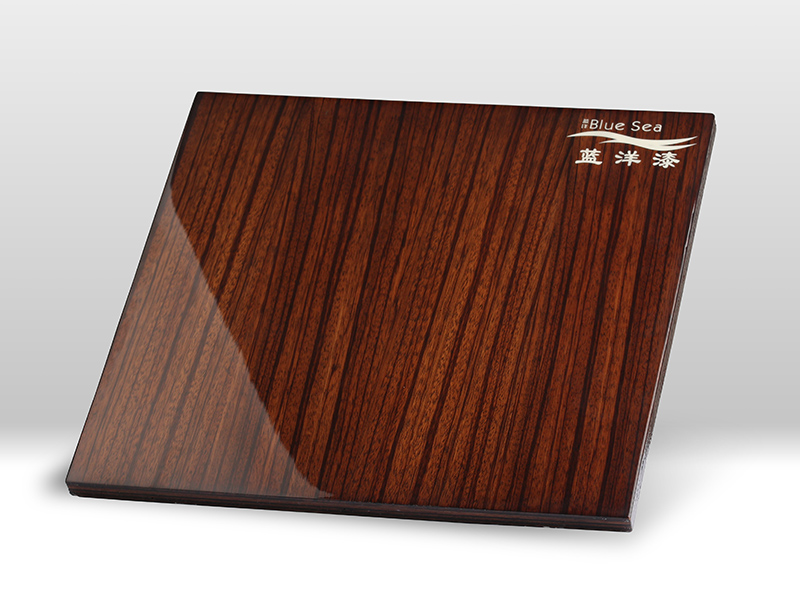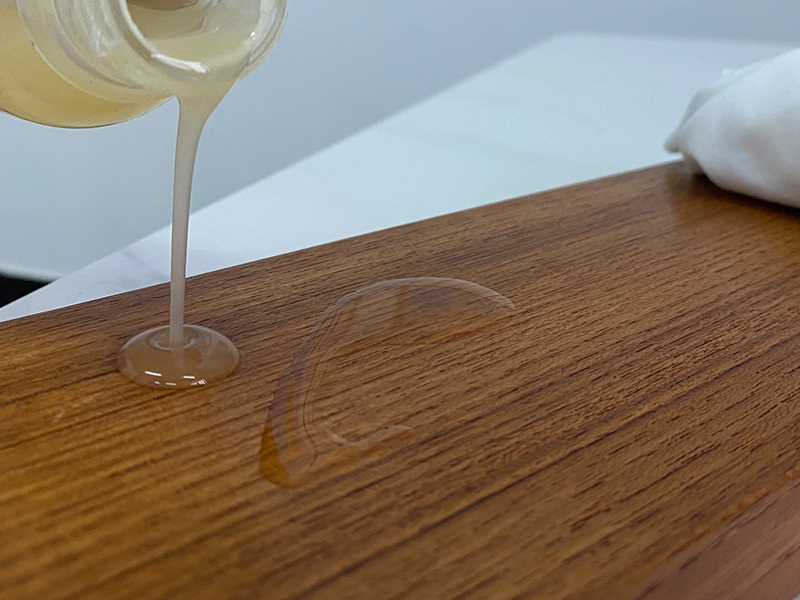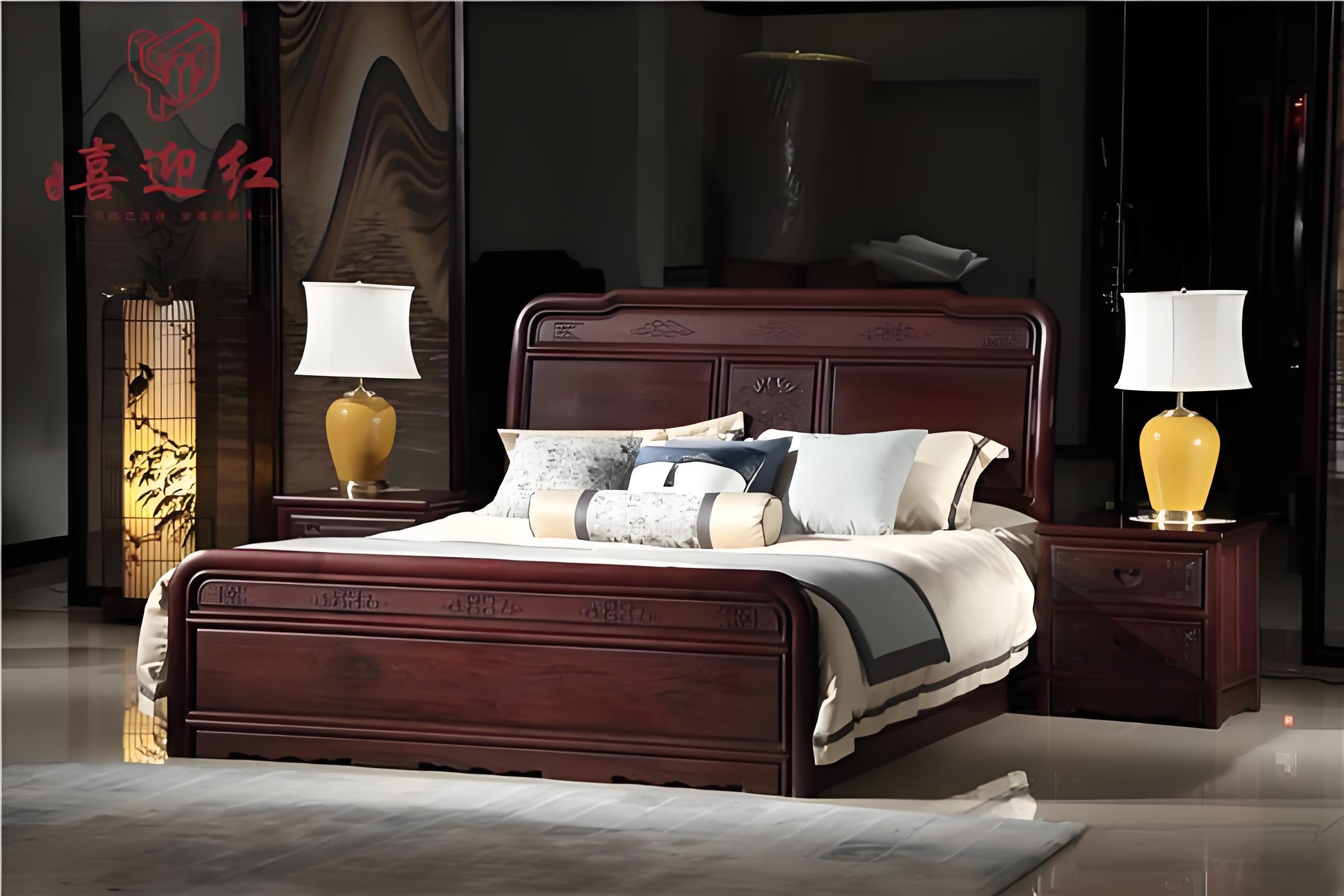Precautions for construction of water-based wood paint
At present, most homeowners in the market choose wood paint for decoration. The advantage of wood paint is that it is much more environmentally friendly compared to nitro paint and polyester paint. At the same time, compared to nitro paint and polyester paint, it also has the advantages of not easily yellowing, fast drying speed, and convenient construction. So, is it better to spray paint water-based wood or brush paint? What are the precautions for the construction of water-based wood paint? Now, let's learn about it together.
1、 Is it better to spray paint or brush paint on water-based wooden objects? Analysis of advantages and disadvantages
There are two methods for applying wood paint, one is spray painting and the other is painting. On the premise that both craftsmen have good skills, the advantages and disadvantages of these two crafts will be analyzed below.
(1) Spray painting
1. The advantages of spray painting: it looks delicate and smooth, the paint surface is uniform, the hand feel is good, and the construction is fast. The disadvantages are high wear and tear, complicated construction, and the need for air pumps and spray guns.
2. Disadvantages of spray painting: Spray painting requires a lot of preliminary work and requires a clean floor. Water should be sprayed on the ground to prevent dust from being generated by the air pump. The junction between wood paint and latex paint should be protected with newspaper.

(2) Painting
1. Advantages of painting: Compared to spraying, it saves paint and can brush hidden edges and corners in place. Disadvantages include brush marks and slow construction. The construction method chosen for my water-based wood paint at home is "spray painting". Water based paint is very environmentally friendly, and the master does not need to wear a mask during construction. I have no smell when standing next to it. If it is oil-based paint construction, the master must wear a gas mask.
2. Disadvantages of painting: When applying water-based paint, it is important to note that it should not be exposed to direct sunlight.
2、 Precautions for the construction of water-based wood paint
1. The temperature of water-based wood paint and the surface to be coated should be consistent, and it is not allowed to paint on cold wood. Waterborne paint can be applied and dried under sunlight, but avoid painting on hot surfaces.
2. The construction conditions for water-based wood paint are: temperature 10-30 ℃; Relative humidity 50-80? The conditions are around 23 ℃ and humidity not exceeding 70 ℃?, Excessive or insufficient temperature may result in poor coating effect, such as sagging, prickly heat, orange peel, bubbles, and other defects. If painting is to be carried out when the construction conditions are not met, it is necessary to first test whether the painting effect is satisfactory to avoid trouble.
3. If you feel that the paint is too thick, you can mix it with water appropriately to adjust the viscosity before applying. In short, the amount of water added should be based on the coating effect.
4. When painting on a vertical surface, the paint solution should be diluted with 5-30% water before spraying or brushing. Spray should be thin, and when brushing, the amount of paint dipped should be small and thin to avoid sagging. Do not expect one thick coating to finish the job, thin layers and multiple passes should be applied.
5. Before painting, it is necessary to confirm the compatibility between the water-based paint used and the primer or coloring agent (which is an oil-based coloring agent). The oil-based system should be dried for at least 24 hours before applying water-based paint, and the paint should be thoroughly polished and cleaned.
6. The number of coating layers depends on the required quality and effect, usually 3-4 layers can achieve good results. When high fullness is required, the number of coating layers should be increased, and not only polishing should be done between each layer, but also the drying time should be appropriately extended to more than 4 hours.
7. Waterborne wood paint dries quickly, but it takes a long time for the moisture in the paint film to completely escape. It usually takes 7 days to reach the final strength after drying (the drying time should be appropriately long). Wood that has been coated before this time should be treated with care and should not be stacked, covered, or bumped to avoid damage.
Above, we have introduced to you the knowledge of whether it is better to spray paint or brush paint water-based wood, as well as the precautions for water-based wood paint construction. We hope our introduction can be helpful to you. Additionally, it is important to remind consumers that wood paint is not only related to the aesthetics and comfort of their living environment, but also to the health of their families. Therefore, it is recommended to identify reputable brands or authorized distributors.





















